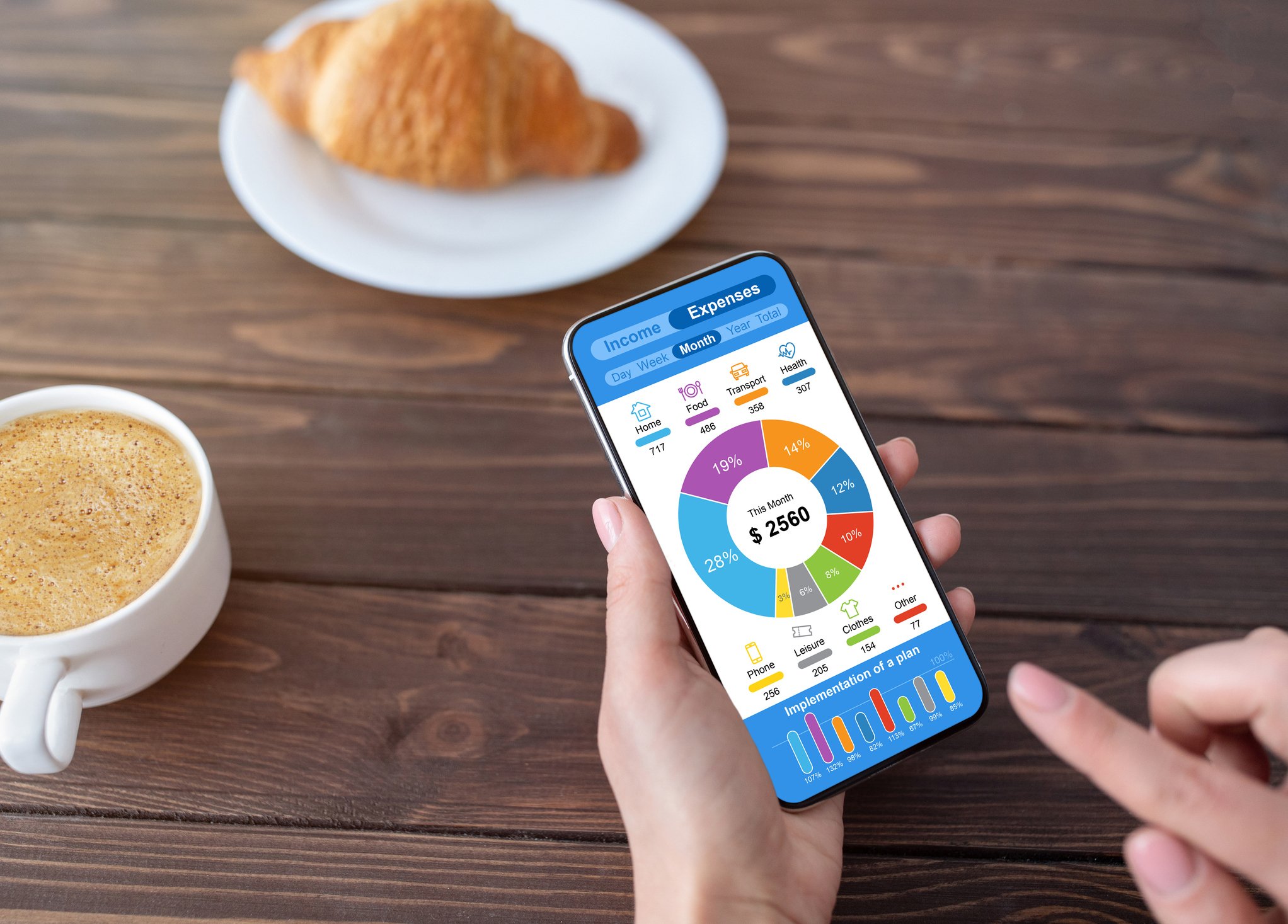In a world where pricey gym memberships, expensive workout gear and trendy diet plans dominate the fitness scene, getting fit can often feel like a luxury reserved for those with deep pockets. The truth is achieving your fitness goals doesn't have to break the bank. With a bit of creativity, resourcefulness and determination, you can embark on your fitness journey without spending a fortune. In this blog post, we'll explore practical tips and strategies for getting fit on a budget.
-
Explore Free Workout Resources: Thanks to the internet, there is a wealth of free workout resources available at your fingertips. Platforms like YouTube offer a vast selection of workout videos ranging from yoga and Pilates to high-intensity interval training (HIIT) and dance workouts. You can also find free fitness apps that provide guided workouts, training plans, and progress tracking tools. Take advantage of these resources to diversify your workouts and keep them exciting without spending a dime.
-
Utilize Public Spaces: Who says you need fancy gym equipment to break a sweat? Take advantage of nature's gym by going for a run, cycling, hiking or using park benches and playground equipment for strength training exercises.
Our region’s parks and playgrounds offer endless opportunities for outdoor exercise. Area bicycling trails also used for walking and running are increasingly becoming connected and offer great opportunities for open air work outs. Check out some of the nature preserves and state parks nearby for a weekend hike. Exercising outdoors is refreshing for the mind and body, plus it’s completely free. -
Fitness Loves Company: Many people find they are more committed to their workout schedule and work out harder when they find a workout buddy or group. Go online to find local groups who hike, run or bicycle together. Ask a local running shop about their running clubs. Start showing up regularly for Yoga in the Park and make connections with other regulars. Ask neighbors and friends also interested in improving their fitness to join you on walks in local parks or through neighborhoods you’d like to explore.
-
DIY Fitness Equipment: While commercial fitness equipment can be costly, you can easily create your own workout gear at a fraction of the cost. For example, you can use household items like water bottles, cans, and towels as weights for strength training exercises. A sturdy chair or step stool can be used for step-ups, tricep dips and incline push-ups. Get creative and repurpose items around your home to supplement your workouts without spending money on expensive equipment.
-
Opt for Budget-Friendly Nutrition: Eating healthy doesn't have to be expensive. Instead of splurging on overpriced superfoods and supplements, focus on incorporating affordable staples into your diet such as whole grains, legumes, fruits, vegetables and lean proteins. Plan your meals in advance, buy in bulk and avoid dining out excessively to save money on food expenses. With a little meal prep and smart shopping, you can fuel your body for optimal performance without draining your bank account.
-
Take Advantage of Community Resources: Many communities offer free or low-cost fitness programs, classes and events for residents. Some community centers and local Y’s offer low-cost memberships for local residents as well as discounts for senior citizens, young people and first responders.
You might find group fitness classes, sports leagues or wellness workshops that align with your interests and budget. Many Yoga studios offer community classes free of charge on weekends. Additionally, some cities host free outdoor fitness events like yoga in the park or group runs, providing opportunities to connect with like-minded individuals while staying active. -
Make Someone Else’s Junk Your Treasure: Many people purchase fitness equipment like stationary bikes, rowing machines and other fitness equipment on a whim or at the start of a new year when they are most motivated to improve their fitness only use the equipment as an expensive hanger, sitting unused and taking up space. Eventually that equipment can find its way to second-hand shops. Check out local stores that sell used fitness equipment at brick-and-mortar locations or look online for bargains. Some fitness equipment companies and local bicycle shops even sell refurbished equipment at a steep discount.
Conclusion:
One of the most important investments you can make is in your health and well-being, and it doesn't have to come with a hefty price tag. Best of all, you can put all the money you are saving toward financial investments you might otherwise be neglecting. Talk to your Heritage Banker about ways to improve your financial fitness as your physical health improves. Heritage Bank. Member FDIC.



